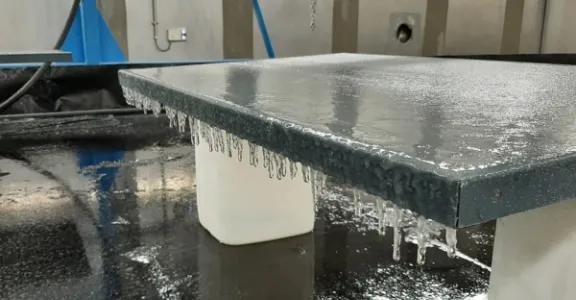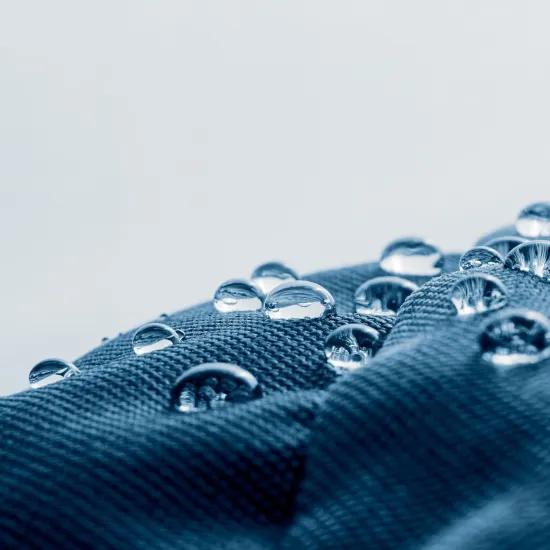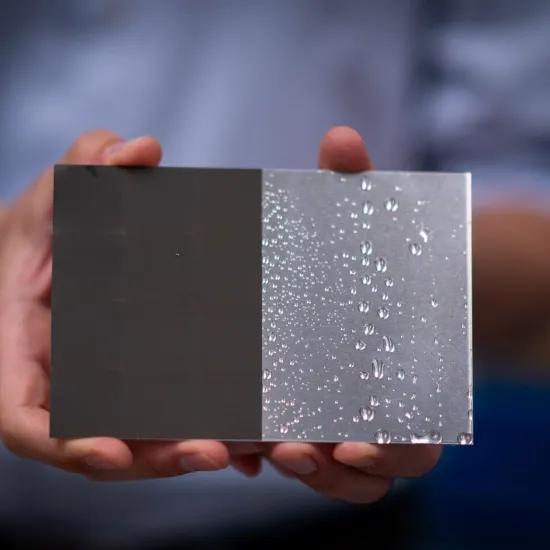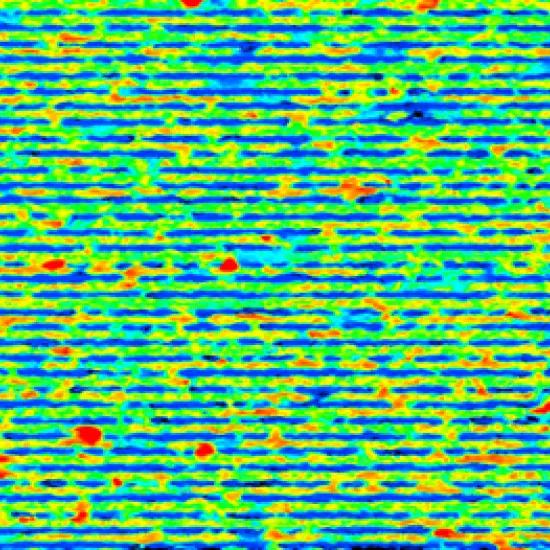Icing is a major concern in many industries and can lead to standstills, safety hazards, product breakage or additional fuel or electricity costs. Active anti-icing systems, however, add to operating costs and are often only applied on crucial zones. The potential of coatings, either as stand-alone system or as an add-on solution, are not yet fully understood or evaluated. Sirris has the option to show the real potential of coatings in its large climate chamber icing test set-up.
Companies rely on the use of de-icing chemicals, electrical powered heating systems or pneumatic inflatable boots to remove ice. Such active anti-icing systems add to operating costs and are often only applied on crucial zones.
Coatings are commonly applied as a protective layer to minimise the ingress of water, to prevent corrosion or as a durable decorative finish. Anti-ice coatings are formulated to either repel ice and water droplets, to suppress ice nucleation sites on surfaces or to lower ice adhesion. This can be achieved through lowering the elastic modulus, decreasing the surface energy, releasing lubrication liquid or by introducing interface slippage. In an ideal scenario, ice build-up is delayed or ice will be removed solely by the force of the own weight or by wind.
Many anti-icing coatings originate from research labs at universities or are a result of business innovation research, many focused on specific applications. In preparation of coating benchmark testing, Sirris coating experts have been in contact with suppliers all over the globe and have identified several different coating technologies.
Hydrophobic anti-ice coatings
Durable elastomeric coatings have been altered by hydrophobic agents or groups as silicones or fluorides to lower the surface energy. Hydrophobic silicone acrylates and modified polyurethane coatings are being used on wind blades or marine vessels. Some suppliers are able to adapt the coating composition depending on the required durability level.
Hydrophobic nano-coatings and (hybrid) sol-gel coatings present the option of transparent anti-icing coatings which can be used on windshields, glass covers or on optical sensors. They combine good weathering resistance with low ice adhesion strength.
'Liquid-like' surfaces
Polydimethylsiloxane binders or infused with lubrication fluids which can migrate to the coating surface to form a very thin liquid layer at the interphase of coating and ice. Such coatings are able to reduce ice adhesion but suffer from depletion of lubricating fluid and low abrasion resistance.
Superhydrophobic coatings
Superhydrophobic coatings are based on the lotus leaf effect where water droplets bounce of the surface due to a dual roughness effect in combination with low surface energy polymers. Several companies sell these coatings as anti-ice coatings, although they often lack durability and application is limited to less demanding applications. These coatings are used to prevent snow and ice from forming on satellite dishes, conductor cable, condenser units, …
In order to create more durable surfaces, research is focusing on the replication of structured surfaces using laser or ablation technologies.
Crack it
A new type of coating was developed to ease the removal of ice by a combination of flexible binders and harder segments in the coating structure. If the iced surface is burdened, multiple fracture sides occur shedding the ice more easily.
Heat induced anti-ice coatings
Thermal heatable coatings are composed of conductive particles which will generate heat when an electrical current is applied. Available as paint or prepared tapes they can be used on larger surfaces such as aircraft wings or propellor blades.
Fighting icing
During the COOCK project Fighting Icing, Sirris will explore new ice detection methods and benchmark a series of anti-icing coatings and structured surfaces.
The focus of the project is to demonstrate the potential of ice mitigating systems under realistic conditions with a focus on exploring important aspects, such as durability and repairability of coatings, potential energy saving of coatings when used in combination with active de-icing systems.
Icing testing in climate chamber
In recent years, Sirris has developed different services in cold temperature testing in the large climate chamber, located in the Port of Antwerp. Today, with the help of European funding in the NewSkin project, Sirris is expanding the climate chamber infrastructure with an icing testing nozzle array, capable of covering an area up to 30 m² of ice. By defining and controlling parameters, Sirris is able to produce different types of ice (rime ice, glaze ice and mixed ice).
The icing test set-up allows for large scale product testing or large series of coupon testing. Companies have the opportunity to perform reliability tests, frost accumulation tests, ice-break tests or to evaluate new coatings, ice detection systems or de-icing systems.
Recently Sirris was invited as a speaker at the ATIPIC technical day to present the different anti-ice technologies and coatings. A recording of this presentation is available on the YouTube channel.





